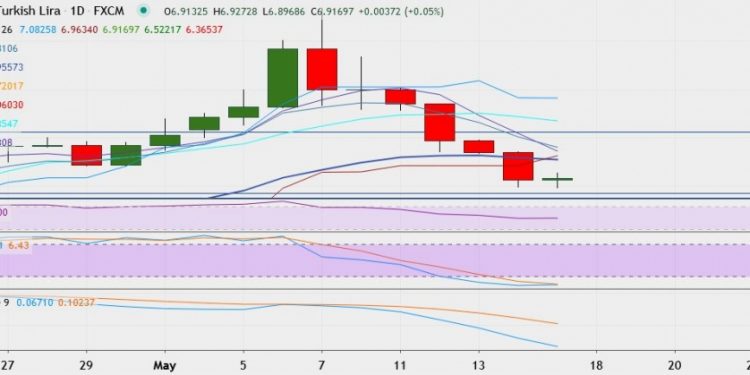The Philippines is a hot topic in the boardrooms of fund managers who are “overweight” on the country these days, but not necessarily in a positive light. Investors are jolted by President Duterte’s escalating anti-US rhetoric, which, in turn, stemmed from the US’ criticism of the spate of extrajudicial killings linked to the new administration’s all-out war on drugs.
Coincidentally, the Philippine stock market turned more cautious in the third quarter as fears over an increase in US interest rates caused an outflow of funds across regional markets. This is mostly attributed to profit-taking ahead of the next US interest rate adjustment, now believed by many to be a done deal by December. Rising domestic political noise alongside the forthcoming US elections has also added to investors’ jitters. To begin with, the third quarter is historically a weak season for the stock market.
In the third quarter, the main-share Philippine Stock Exchange index (PSEi) shed 166.52 points or 2.1 percent to close at 7,629.73 as foreign investors turned into heavy net sellers from being heavy buyers shortly after the May 2016 presidential elections.
Despite the sluggish third quarter, the PSEi is still ahead by 677.65 points or 9.74 percent since January due to hefty gains earlier in the year.
BUSINESS
BUSINESS
BUSINESS
“Foreign investors see the fundamentals and that’s why they are here in a big, big way. Flows are flows. We’ve had a very good run since January—we’re talking about 30 percent gain since February—and that’s pretty strong. Normal traders would take profits and we expect them to,” Phillip Hagedorn, investments director at ATR Asset Management, said in an interview with the Inquirer.
With the price to earnings (P/E) ratio of PSEi stocks hitting more than 20 times—which means investors were paying 20 times the amount of money they expect to make—investors with heavy exposure to Philippine equities would want to lock up their gains.













